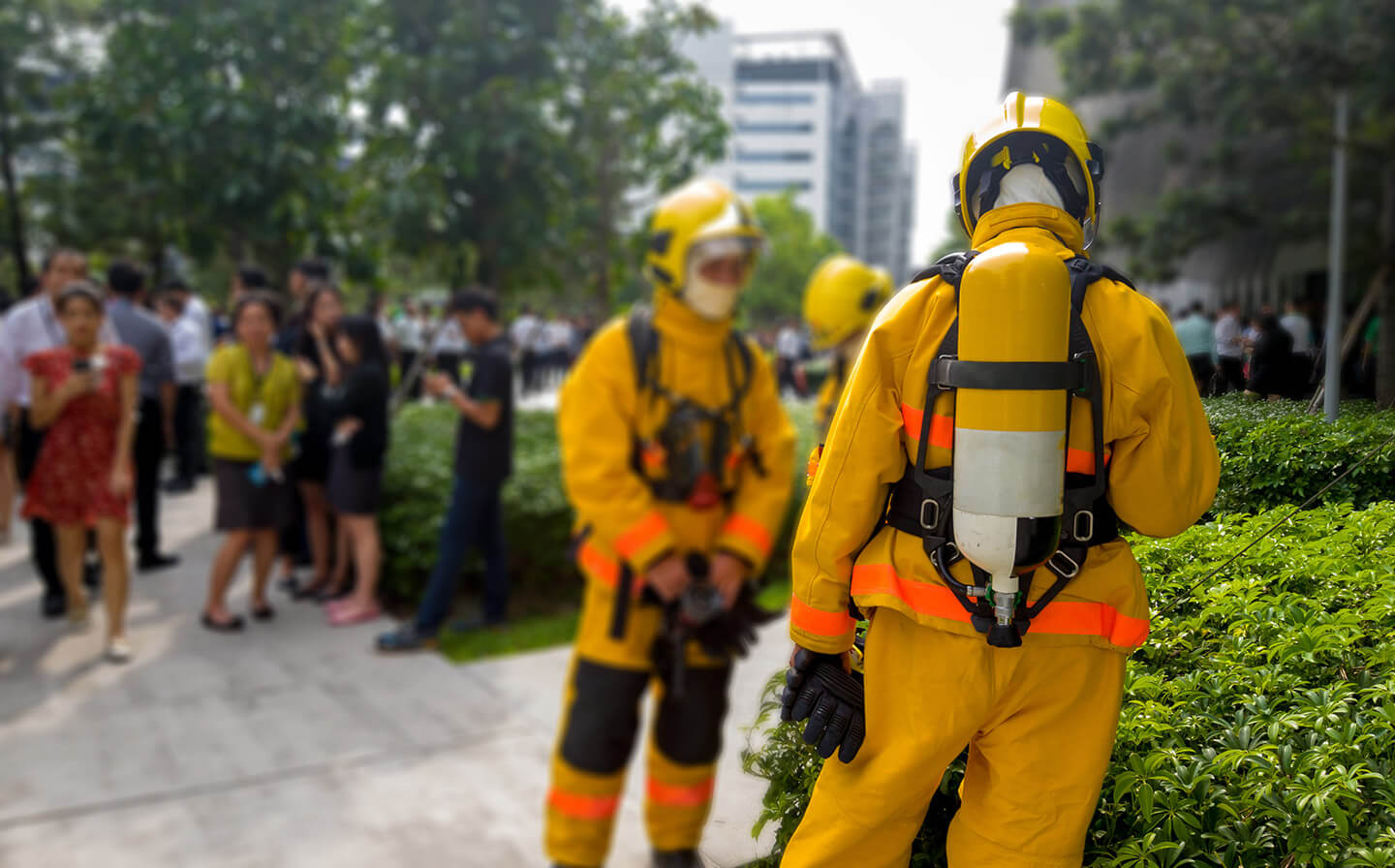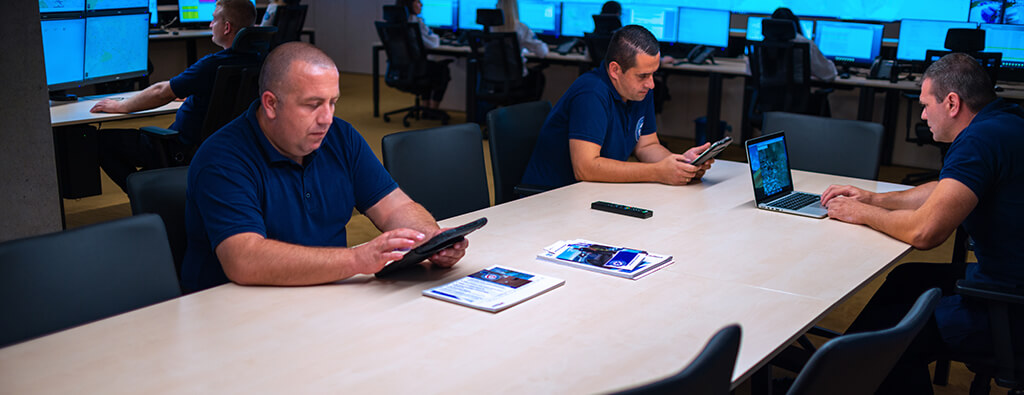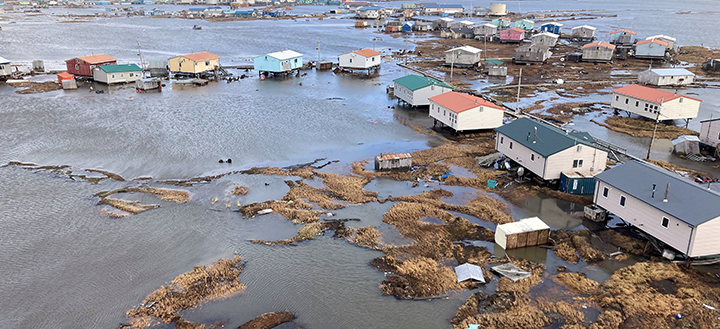For local and state governments, managing emergencies effectively requires a clear structure and specialized expertise.
This is where incident management teams (IMTs) come into play. IMTs are organized groups of professionals tasked with preparing for, responding to, and mitigating the impact of incidents ranging from natural disasters to man-made emergencies.
The role of IMTs has become increasingly important as organizations seek a proactive approach to emergency preparedness.
These teams are the backbone of incident response frameworks, whether establishing coordination during a wildfire or managing resources in a flood-struck region.
Understanding Incident Management Teams
Simply put, an incident management team (IMT) is a group of trained personnel equipped to manage incidents that threaten life, property, or the environment.
There are different types of IMTs, each serving a specific purpose.
Below is a breakdown of how they differ:
- Type 1 and 2 IMTs: Teams that respond to large-scale, complex incidents like earthquakes or extensive wildfires. They often have federal or state-level jurisdiction.
- Type 3 IMTs: These are state or regional teams that handle moderately complex emergencies, such as river flooding.
- Type 4 and 5 IMTs: Smaller and local teams managing less demanding incidents, such as localized storms or human-caused disruption.
IMTs are staffed with command staff, which includes the incident commander, public information officer, safety officer, and liaison officer, and general staff which include section chiefs and supporting staff in the planning, logistics, operations, and finance functions.
The command and general staff work together to handle all aspects of crisis management.
Roles of Incident Management Teams in Emergencies

Incident Management Teams (IMTs) play an important role in responding to emergencies. They focus on cohesive coordination, resource allocation, and effective communication to streamline response efforts.
Resource Management
IMTs oversee the management and distribution of critical resources, such as personnel, equipment, and supplies.
Effective resource management eliminates duplication, promotes efficient resource use, and maintains control during even the most complex incidents.
Incident Action Plans (IAPs)
IMTs develop Incident Action Plans (IAPs) for each operational period to guide emergency operations. These plans provide detailed strategies and objectives, keeping all response teams aligned and working toward the same goals.
Public Communication
IMTs also manage public information through designated Public Information Officers (PIOs). These officers provide accurate, timely updates to the public to reduce confusion during emergencies.
PIOs act as the main connection between IMTs and the community, providing clear communication. They collaborate with media outlets, use social media platforms, and hold press briefings to keep the public informed and maintain trust during critical situations.
How Local and State Emergency Operation Centers (EOCs/SEOCs) Collaborate with IMTs

Understanding local and State Emergency Operation Centers (SEOCs) is equally important when discussing the role of incident management teams (IMTs).
Local EOCs serve as hubs for coordinating emergency response efforts within smaller communities, ensuring resources and information are managed efficiently during a crisis.
SEOCs are centralized locations where state-level emergency management can direct and organize emergency efforts. They coordinate statewide resources, communicate with federal agencies, and align efforts with regional emergency responses.
When a disaster strikes, local EOCs and SEOCs work closely with IMTs to provide a streamlined response.
Depending on the scale of the disaster, EOCs and SEOCs function in similar manners, however there are many variables that come into play in their disaster response.
Below are high-level items typical of how each could collaborate with IMTs:
Enhanced Resource Allocation
In the initial phase, EOCs/SEOCs manage resource requisitions submitted by IMTs. This eliminates duplication of efforts and deploys the right resources to the areas that need them most.
Information Sharing
Once resources are allocated, EOCs/SEOCs centralize situational awareness. They gather and relay important updates to local responders and state leadership, providing accurate and timely information to everyone involved in the response.
Strategy Integration
EOCs/SEOCs collaborate with IMTs to align response strategies with local, state, and federal protocols to maintain consistency and efficiency.
This integrated approach aligns local actions with broader emergency response plans, preventing gaps and overlaps in efforts.
Butler County’s Incident Management Team and FDEM Collaboration
The recent deployment of the Butler County Incident Management Team (IMT) to Florida after Hurricane Milton is an example of phased collaboration. Hurricane Milton caused widespread devastation, requiring seamless coordination across multiple agencies.
While the State Emergency Operations Centers (SEOCs) focused on high-level priorities like logistics and delivering critical supplies, the Butler County IMT handled immediate, ground-level needs in affected communities.
The Butler County team’s efforts remind us how local expertise and action can complement larger operations, speeding up recovery and making a real impact on those affected.
The Benefits of Using IMTs in Emergency Management

Integrating incident management teams (IMTs) into emergency response systems offers several key benefits to organizations and governmental agencies.
- Organized Leadership: By implementing a unified command structure, IMTs prevent confusion in demanding high-stakes scenarios.
- Swift Resource Deployment: IMTs can deploy resources faster since they are trained to anticipate and act based on incident complexity.
- Tailored Expertise: Specialized IMT members, such as logistics coordinators or operations chiefs, contribute tailored expertise to improve outcomes.
- Community Trust and Transparency: Through clear communication channels, IMTs foster public trust during crises by providing regular updates and instructions.
How to Implement IMTs for Local and State Governments
Steps to improve preparedness and coordination for governments using incident management teams (IMTs) include the following:
Identify Team Composition
Begin by developing a team with cross-functional roles. The team should include key positions such as an Incident Commander and other command staff, and Section Chiefs for planning, operations, logistics, and finance.
Additional branches, units, and supporting staff should be identified to accommodate the changing staffing needs that may arise as the incident evolves.
Provide ICS Training
All personnel should complete FEMA’s Incident Command System (ICS) training programs to meet national standards and frameworks. They are also required to complete position-specific training for the role(s) they are trying to fill.
Position Task Books may also be required, depending on your state or jurisdiction. Prospective IMT members may need to complete assignments in the Task Book to qualify for and receive credentialing for a specific IMT position.
Simulate Emergency Scenarios
Conduct regular emergency drills to test how the team applies IMT principles in real-life situations. These simulations are essential for identifying strengths and weaknesses.
Collaborate with Local EOCs and SEOCs
Establish clear communication links with State Emergency Operations Centers (SEOCs) and local EOCs to coordinate during incidents.
Conduct Post-Incident Reviews
After each incident, assess the team’s response strategies. Identify areas for improvement and make the necessary adjustments to strengthen future responses.
By following these steps, teams can become well-trained, equipped, and prepared to handle incidents efficiently.
Enhancing Disaster Preparedness with Incident Management Team Support
Tidal Basin excels in disaster preparedness and response by helping governments, organizations, and communities enhance their emergency management capabilities.
Our expertise includes supporting Incident Management Teams (IMTs) with EOC staff augmentation and helping communities reduce risks, improve disaster outcomes, and build long-term resilience.
Whether it’s training teams or enhancing emergency management frameworks, we’re here to help.
Get in touch with our experts today to learn how we can help your organization build resilience and face future challenges with confidence.



